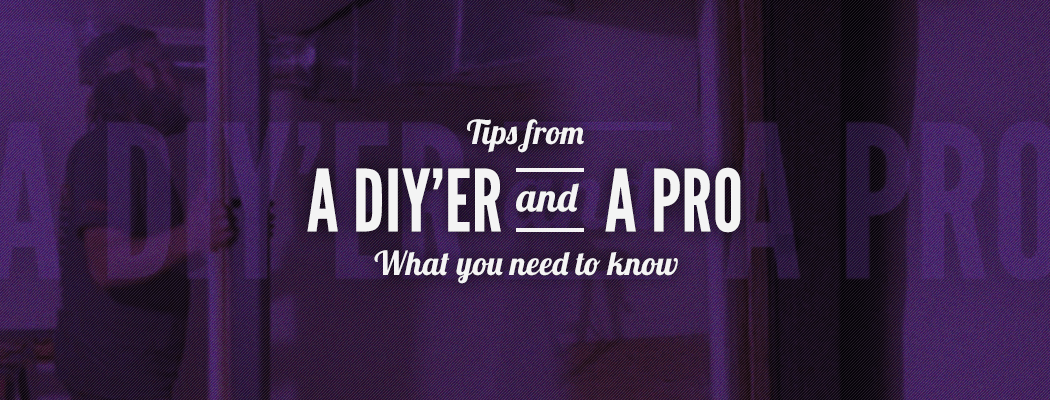When renovating a basement, owners of older homes often have to contend with different issues than homeowners of relatively new builds. Just ask Kristen, a homeowner and DIY blogger of Storefront Life who lives in a converted 100-year-old storefront in downtown Toronto. Finishing her basement, she had to contend with sloping floors, shorter ceiling heights, and a non-square room. New homes are built with much better watershed features than older homes, says Bob Smith, product developer at DRICORE®. Both Smith and Kristen give their insights on converting old basements and advice on what to watch for and how to fix it.
Moisture Control
Moisture issues are much more prevalent in older homes. When preparing your basement for finishing, Smith says to always keep a mindset going into the project of “Assuming water gets into the basement, how will I deal with it?” Kristen’s home didn’t have active leaks but there was dampness.
“Sometimes, if there was a large rainstorm, a small bit of water would seep through the concrete.”
Her fix? Using interior waterproofing masonry paint on the walls to stop water from coming in. She also determined the low spot on her basement floor and used a grinder to notch a trough to the floor drain. For low areas, Smith suggests applying a floor leveling compound which will prevent the accumulation of water.
Sloping Floors
Kristen says that while it was great for drainage, the sloping basement floor made installation tricky. Installing DRICORE Subfloors involved lots of leveling disks,” she says. When she installed her DRICORE SMARTWALL®, she had to step the panels to make sure she compensated for the floor. “If we made the panels flush with the floor, they were crooked on the wall. We ensured each piece was level, which meant small gaps on one side of the bottom of each panel.” In the end, the trim will cover that up for a seamless look.

Lower Ceiling Height
“Assuming the basement is not subject to constant water leakage, ceiling height is probably the most critical thing,” says Smith. If you don’t have at least 7’4” from the basement floor to the bottom of your floor joists, he suggest the basement is more suited to a storage room than a finished living space.

Existing Utilities
Smith says that while having a bathroom rough-in is always nice, ensure where it’s located makes sense for your room layout. “They are more of a hindrance than a benefit if they are poorly located and cannot be used.”
Kristen says her utilities were all located right in the middle of the basement. “We wanted to carve out space on one side of the utilities to have a warm, comfortable laundry/workshop space that made doing laundry in a windowless place as pleasant as possible.”
She had to work around a bulkhead along one wall which housed her recently installed duct-work. Using DRICORE SMARTWALL, she installed it slightly farther out from the wall so that the front of the DRICORE SMARTWALL would lie flush with the bulkhead, effectively eliminating the bulkhead altogether.
“We also opted to not finish the one wall in our laundry room with exposed plumbing. Instead, we painted out the brick and PVC plumbing to have it blend in. We also created some trim work to cover an exposed gas line, while still giving access to it.”

Windows
Being a converted storefront, the basement in Kristen’s home was only supposed to be for storage so there were no windows. Smith points out that windows in the basement are necessary for both for ventilation and natural light: “the more and the bigger, the better.” While windows are not meant to be watertight when submerged, they should be able to withstand a heavy wind-driven rain pelting against them without leaking.
